Meet Caterina Sforza and Other Warrior Queens History Forgot
From Italy’s fortress-seizing countess to Angola’s battle-hardened Queen Njinga, these women didn’t back down from a fight.
In Atlas Obscura’s Q&A series She Was There, we talk to female scholars who are writing long-forgotten women back into history.
Horses neighed and fires crackled as Queen Tamar of Georgia walked among her troops on the eve of battle in July 1203. Her enemies outnumbered her soldiers nearly two to one. Still, the queen did not waver as she spoke words of courage to the assembled army. In a show of humility, she stood before them barefoot while wearing lavish garments full of religious symbolism to inspire a righteous bravery in all who saw her. As she finished her rousing speech, hardy, battle-worn soldiers stood, raised their spears, and shouted, “To our king!” The next day, the Georgian army decimated their foe.
In the late 12th and early 13th centuries, Tamar the Great ushered in Georgia’s golden age. She expanded borders, oversaw massive architectural projects, and helped define the kingdom’s unique identity at the crossroads of East and West. She sat on war councils and, as one chronicler wrote, “took counsel with them, not like a helpless person, or a woman, and did not neglect the dictates of reason.” As father/daughter historians Jonathan and Emily Jordan demonstrate in their book, War Queens: Extraordinary Women Who Ruled the Battlefield, Tamar was far from history’s only warrior queen. The pair recently launched a new podcast with Diversion Audio (also called War Queens) where they dig into all the twists and bloody turns of Tamar’s story alongside other battle-hardened queens. Atlas Obscura sat down with Emily Jordan to talk about why Italian philosopher Niccolò Machiavelli had it out for her favorite fortress-seizing countess, an African queen who went toe-to-toe with Portuguese enslavers, and why so often these women’s stories go overlooked.
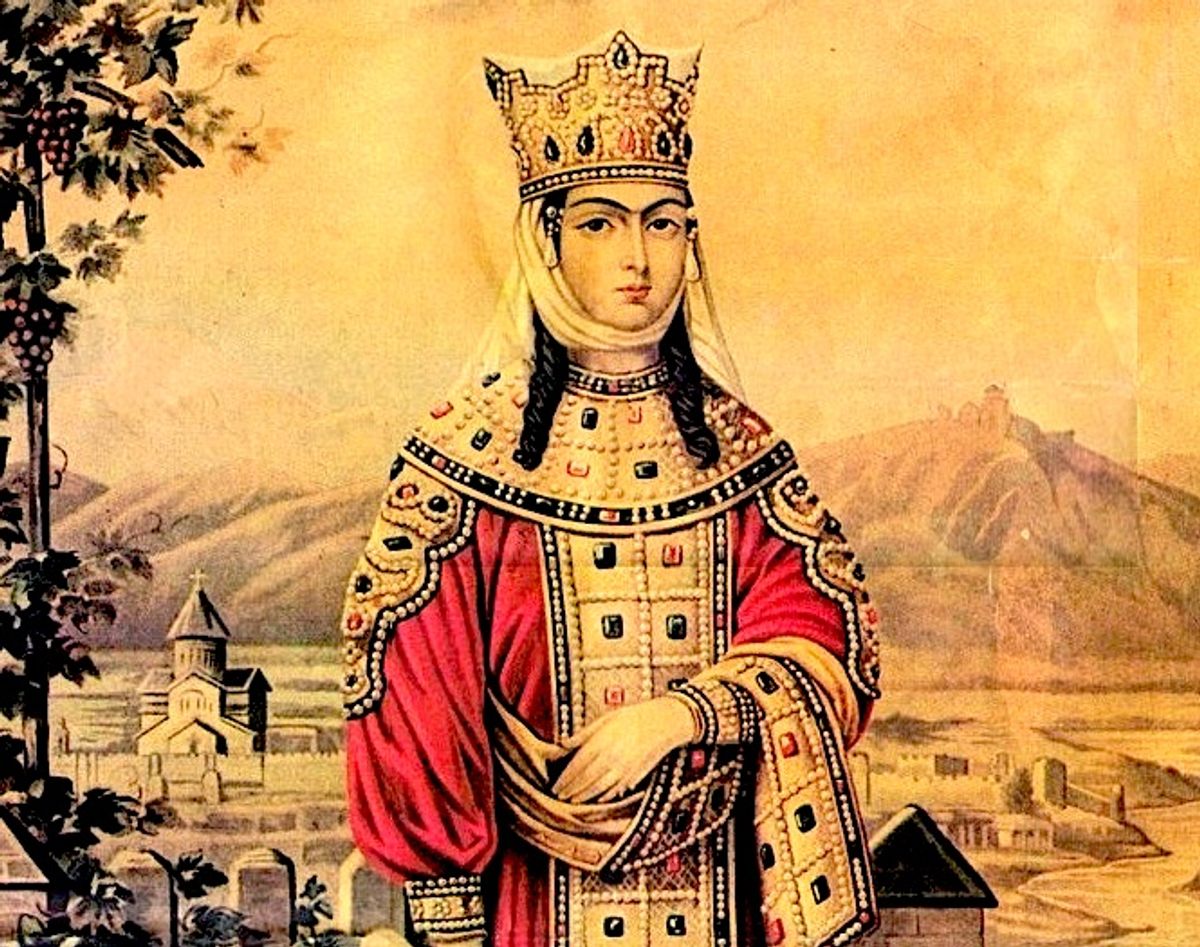
How did you first become interested in history’s war queens?
I grew up with my dad being a military history author. I looked up to him a lot for that. As I was growing up, we would play little writing games. He’d asked me in the car, “What’s a good word for this?” That instilled a love for writing in me. So it started there. And I remember growing up, I would say, “Hey, were there any women who did these kinds of things?”
I remember once I was visiting my grandparents and there was a news segment that was talking about Hillary Clinton possibly running for president, and it said, “Could a woman actually lead a country through a war?” And I said, “That is so stupid. Of course, they can.” And that’s really the first time that my dad and I got together and were like, “Maybe we should write about this.”
Who is your favorite person you highlight in the book or on the podcast? And why?
I think in terms of courage, I’d have to say Caterina Sforza. She’s really just an incredible Renaissance woman. She learned all about medicine, botany. She got to interact with Botticelli and Da Vinci. She went to people during times of plague with medicines that she created and studied. My favorite story about her is when her husband’s political interests were compromised when the pope died. Her husband was a paranoid, vicious man, but his family member was the pope. And when the pope passed away, that got Caterina thinking, “We may not be confirmed as the ruler of this city, of Imola.” So she rides down to Rome, while pregnant, in her early twenties, and she takes hold of this great fortress, Castel Sant’Angelo. The cardinals have to cross in front of the castle on this big bridge to get over to Vatican City. So she points the cannons right at them and says. “Rome, hold up. Stop. I’m in charge.” She stops all of Rome and stops the cardinals from electing a new pope until they confirm her and her husband’s titles. The fact that she did this in her early twenties while pregnant is insane to me.
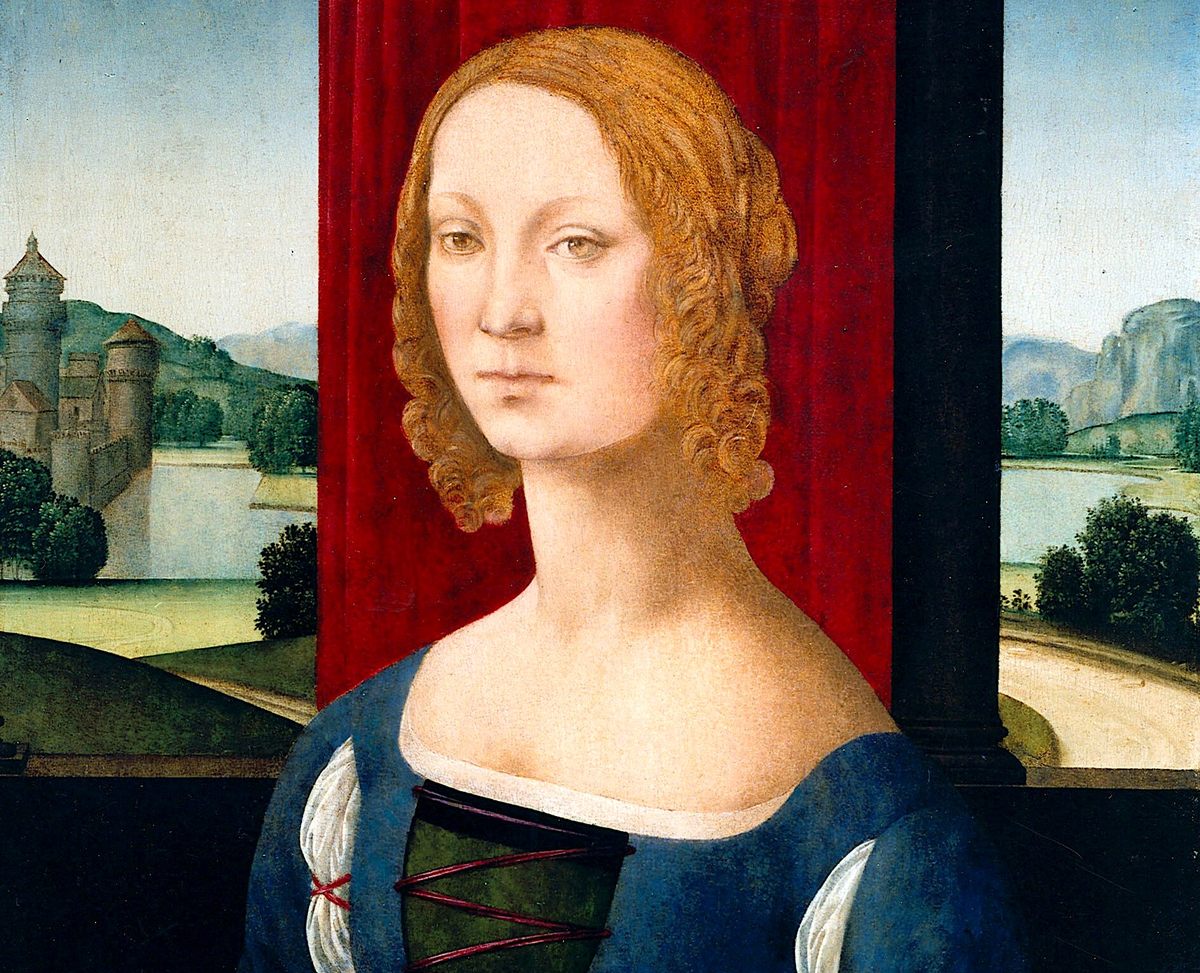
Did any of these war queens have experience in battle?
Queen Njinga Mbandi of Ndongo-Matamba [two African kingdoms located in present-day Angola] is by far the most physically capable of all the women we write about. Very few of our women really had a lot of hand-to-hand combat experience; Caterina Sforza had a little bit. But Njinga [sometimes spelled “Nzinga”] would charge into battle with her people. She lived during the 17th century and was the leader of her tribe. She had an older brother who was in power before her, but she was a better hand-to-hand combat fighter, leader, and diplomat, so she kind of takes charge. She was this amazing chameleon and takes on different types of cultures in order to unite her people.
She was trained to do this martial art. It’s linked to the Brazilian art of capoeira where you almost do dances as exercises, jumping side to side out of the way of arrows and bullets. Certain scholars even claim that a part of the art, called ginga [pronounced and sometimes spelled “jinga”], is named after her. Their main weapon was a form of battle axe, and she was really well-trained with that axe as well.
How does history remember these women?
A lot of history is affected by misogyny. It doesn’t always necessarily come from the most hateful place, but oftentimes it does. There have been times when we were researching women and their own sons destroyed statues of them and records of their accomplishments because they didn’t want their mother’s shadow hanging overhead. Hatshepsut is an excellent pharaoh we were going to write about but so much of her history was destroyed by her progeny. Sometimes we get a few accounts of people who actually met these women. Caterina Sforza was a contemporary of Machiavelli, and he did not like her. And so he writes about her I think with a little bit of admiration, but with a little bit of distaste as well. Richard Nixon didn’t like Indira Gandhi because she was blunt, which meant she was to the point. She was great with her commanders. She was respected by them for those exact reasons. Caterina Sforza was not ladylike, according to Machiavelli, but she could do something daring and courageous. So I would definitely say views on women throughout time have affected how we see and remember them.
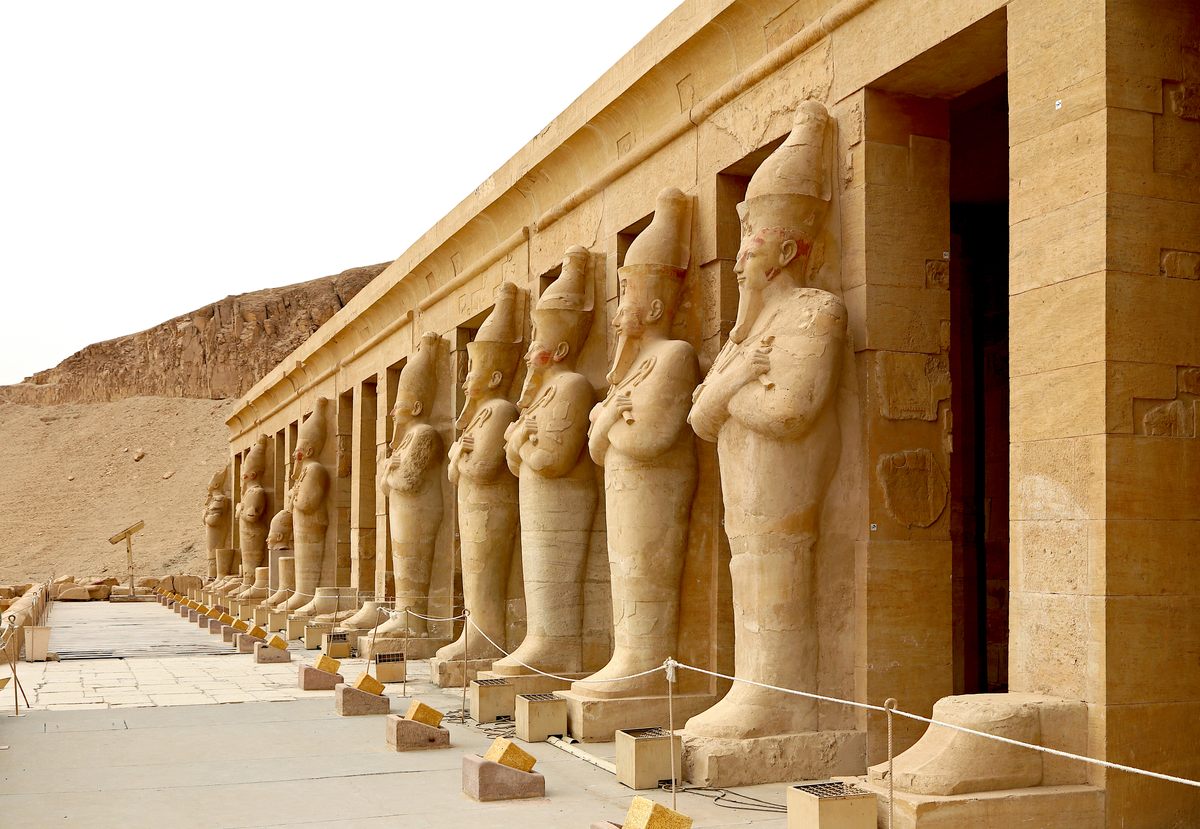
What have you learned from studying history’s war queens?
Have the courage to take up space. Once you tell yourself that, that you can achieve this position or this job or be an equal in a conversation that you’re intimidated by, even if everyone is telling you you shouldn’t be there, you can do it. See yourself in a place where maybe no one else has seen you.
I work as a nurse and it can be really hard when you’re new. A lot of the doctors are men. When I have to walk into a room and advocate for a patient, I think back to these women who marched into war rooms and said, “No, don’t do this. Do that.” I think about that and I think I can do this too, and I walk in and ask for better care for someone.
This interview has been edited for length and clarity.
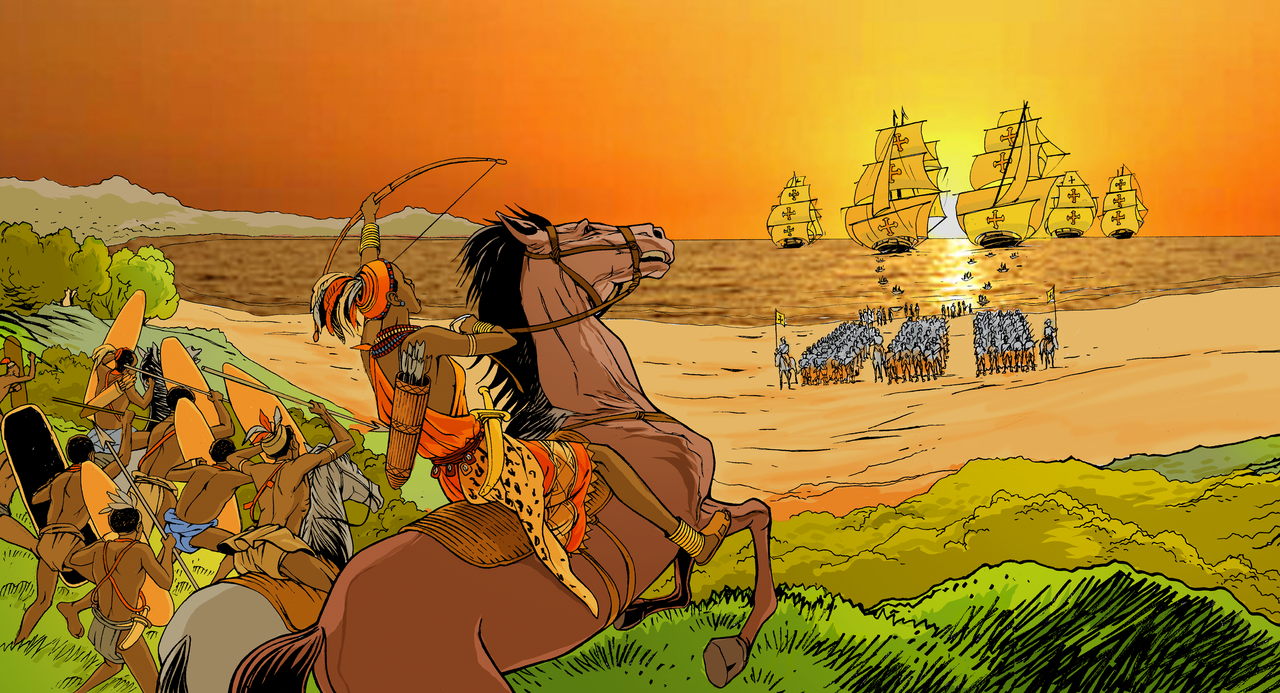


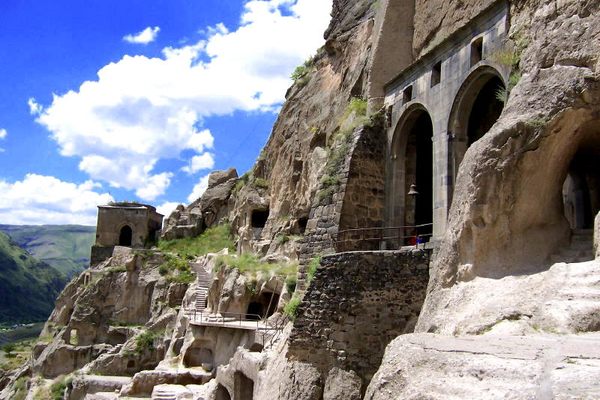


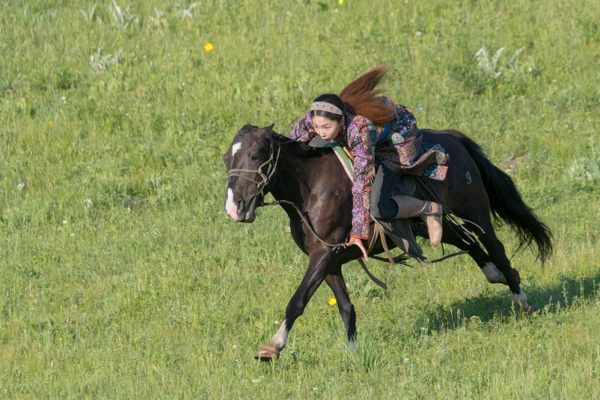
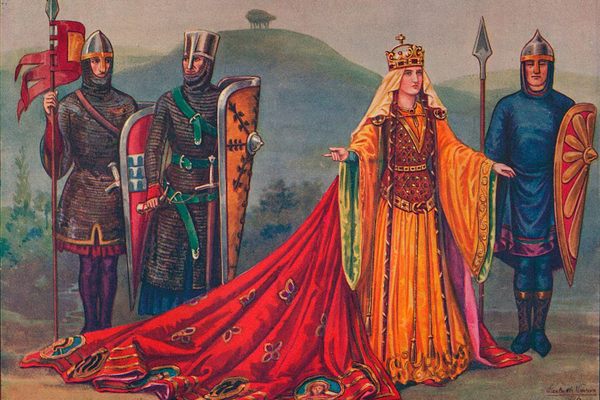
















Follow us on Twitter to get the latest on the world's hidden wonders.
Like us on Facebook to get the latest on the world's hidden wonders.
Follow us on Twitter Like us on Facebook